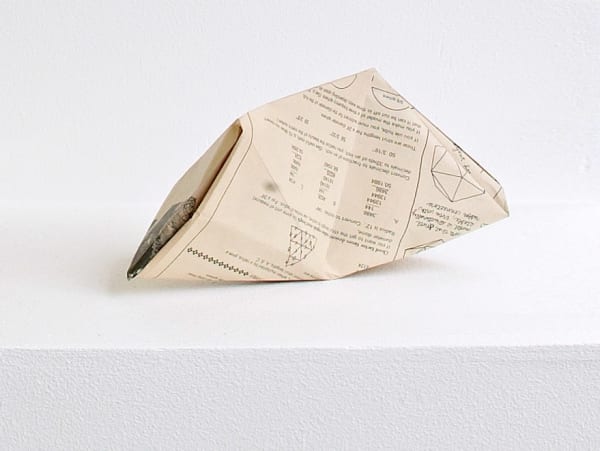OSCAR TUAZON: "I'd Rather Be Gone"
STANDARD (OSLO)
PRESS RELEASE
------
OSCAR TUAZON
"I'D RATHER BE GONE"
24.05.-24.06.2007 / PREVIEW: 24.05.2007 / 19.00-21.00
-----
STANDARD (OSLO) is proud to present its first exhibition of objects and photographic works by Paris-based artist Oscar Tuazon. "I'd Rather Be Gone" continues the artist's yearlong examination on how personal liberty can be embodied in architecture. Drawing on the early building experiments of the hippy commune Drop City as well as current practices in 'dwelling portably', Tuazon's work questions the conditions for sustainability and self-suffiency.
"When I attended Deep Springs College in the mid-90s, the Greyhound would stop at an intersection in the middle of the desert, 50 miles from the college. You had to wait there until someone drove out to get you, which sometimes took a few hours. The only other thing at that intersection was a whorehouse in a doublewide. (In Nevada, prostitution is legal.) On hot days, the Madame of the house would sometimes invite us inside and offer us a cold drink. The only way in and out of the college is through the whorehouse." Tuazon's works and writings continuously return to the ideal of the bare minimum – put forward by the writer Henry David Thoreau in the novel "Walden" (1854) – and thus also return to the question of whether isolation from civil society may gain a more objective understanding of it.
Since graduating from Whitney ISP Tuazon has produced a series of sculptures composed of urban debris: cardboard boxes, wooden pallets, printing plates, OSB boards from building sites, or melanin boards from defunct kitchens – materials gathered from the area of his Paris studio or near the various venues of his exhibitions. In an initial phase these sculptural works would take forms of geodesic domes and draw on such typologies as indigenous building techniques, DIY architecture, as well as a more determined dedication to structural clarity, advocated by the engineer R. Buckminster Fuller. More recently the works have taken on the character of full-scale building prototypes, such as the work "1:1" at the center of the show.
This assemblage of melanin boards and wooden pallets is constructed to serve as a corner of the house Tuazon planning to erect near Portland, Oregon. Approaching the building project through a series of trial products rather than drawings, the exhibition context becomes a chance to test rather than portray this situation. At the same time Tuazon exposes the shortcomings of the works as prototypes, which continuously seem to be balancing between actual functionality and a possible transcendent materiality as sculptures. Tuazon draws attention to the disjuncture of forcing one space (the un-built house) onto another space (the gallery), and underscores the impossibility of really modelling something accurately in the context of an exhibition. Adding to these sculptures are four folded and framed photographs, rendering tableaux of temporary architecture from the woods of Portland. The photographs become a surface for exploring another kind of space, while being folded also modulating the distances within the image, between one space and another.
-----
Oscar Tuazon (b. 1976 in Seattle, Washington) received his education from Cooper Union and the Whitney ISP in New York. His works were earlier this year shown in solo exhibitions at Bodgers and Kludgers, Vancouver and at castillo/corrales, Paris. His recent group exhibitions include "Down By Law", The Wrong Gallery for the Whitney Biennial, New York; "The Elementary Particles (Paperback Edition)", STANDARD (OSLO); and "Minotaur Blood" at Jonathan Viner / Fortesque Avenue, London. "Metronome no. 10", which Tuazon co-edited with Clementine Deliss, will also be included in the Documenta 12 Magazines project.
-----
Installation photography: Stein Jørgensen












